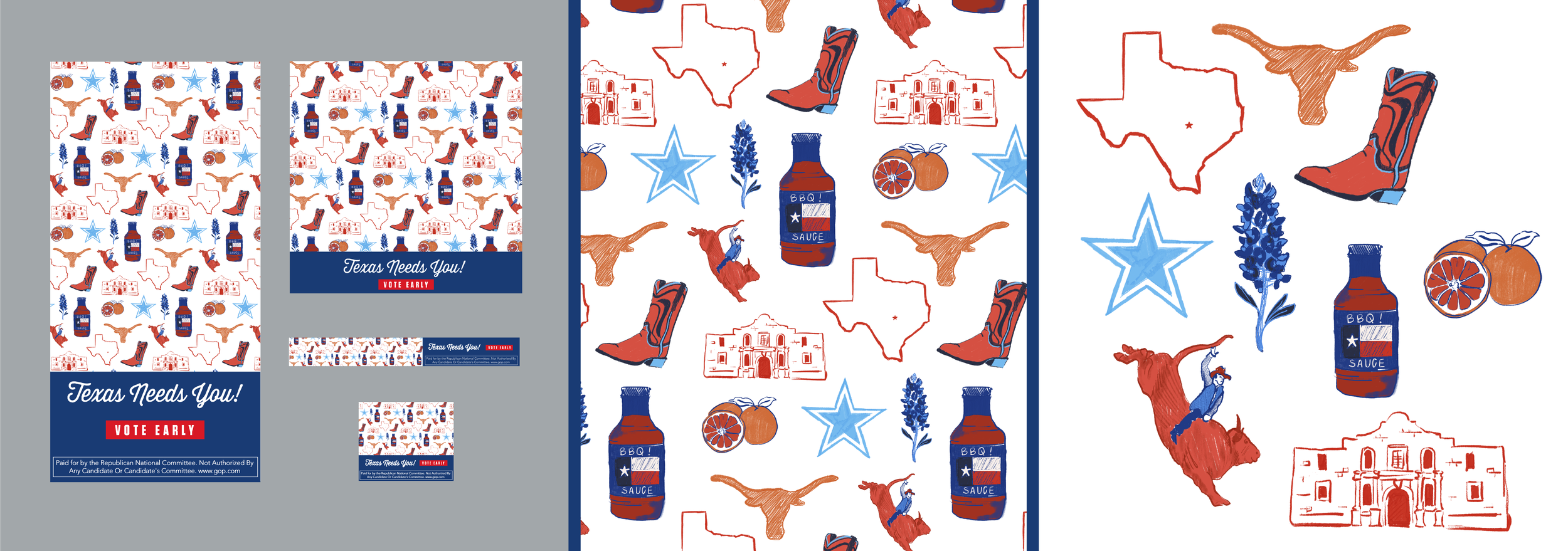My journey as a surface pattern designer is deeply connected to my childhood, where a love for nature and family traditions shaped my artistic path. The women in my life—my mother, grandmother, and aunts—instilled in me a deep appreciation for flowers and gardening.
One of my fondest memories is planting geraniums around our family farmhouse’s veranda each summer. In the sweltering Ohio heat, we worked together, knowing that our efforts would bring vibrant color and joy to our home. This tradition taught me the value of hard work and the importance of making our spaces beautiful.
For my family, plants were more than decoration—they carried stories and connections across generations. Boxwood clippings from my grandmother’s walkway traveled with us to new homes, and peonies from Ohio now bloom in gardens across the country, shared with loved ones as living heirlooms.
This generational connection to plants inspired my artistic journey. Through my botanical illustrations, I aim to capture the divine perfection of flowers, honoring their intricate design. My patterns celebrate these floral elements, preserving their elegance in timeless designs that can be enjoyed in the home through textiles, wallpaper, and more.
In a world increasingly shaped by technology and artificial intelligence, I believe art that connects us to nature is more important than ever. Flowers remind us of life’s simple, authentic beauty—grounding us in something real, timeless, and awe-inspiring.
As I continue to find inspiration in my family's gardens, I am deeply grateful for the impact they’ve had on both my work and identity. My hope is that my designs reflect this love of God’s simple gifts, inspiring the same sense of wonder and appreciation that first took root in me as a child.













